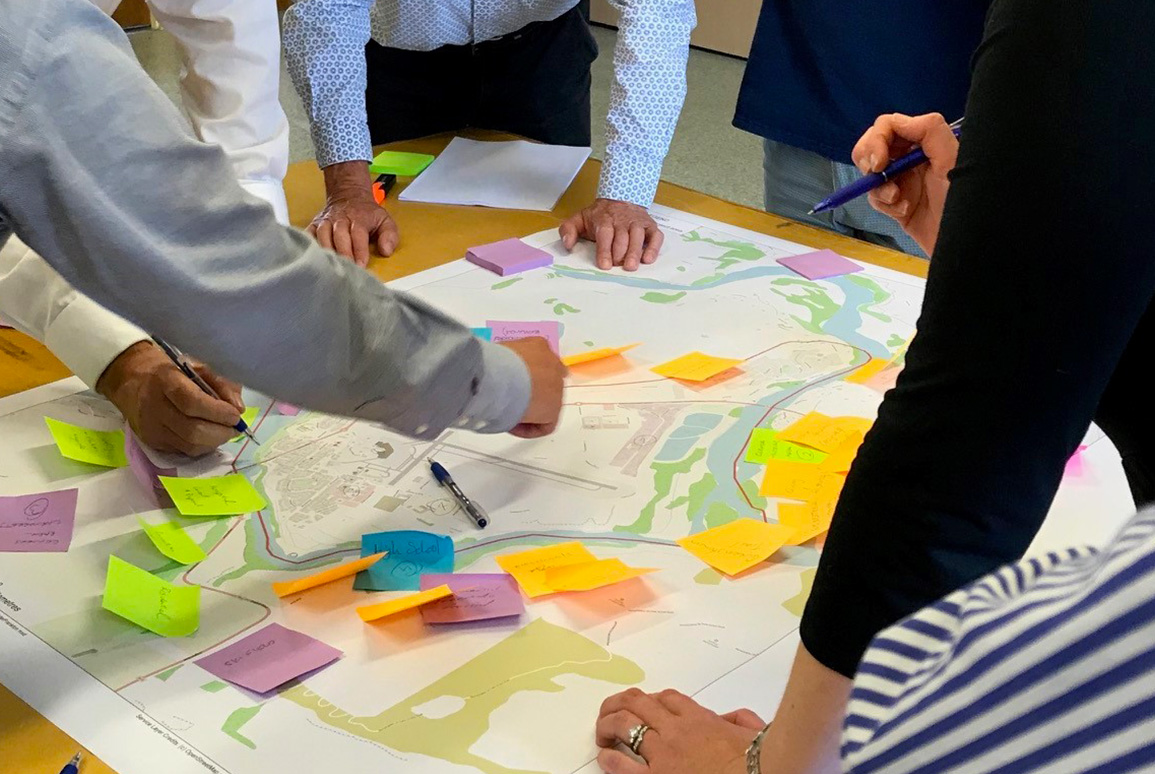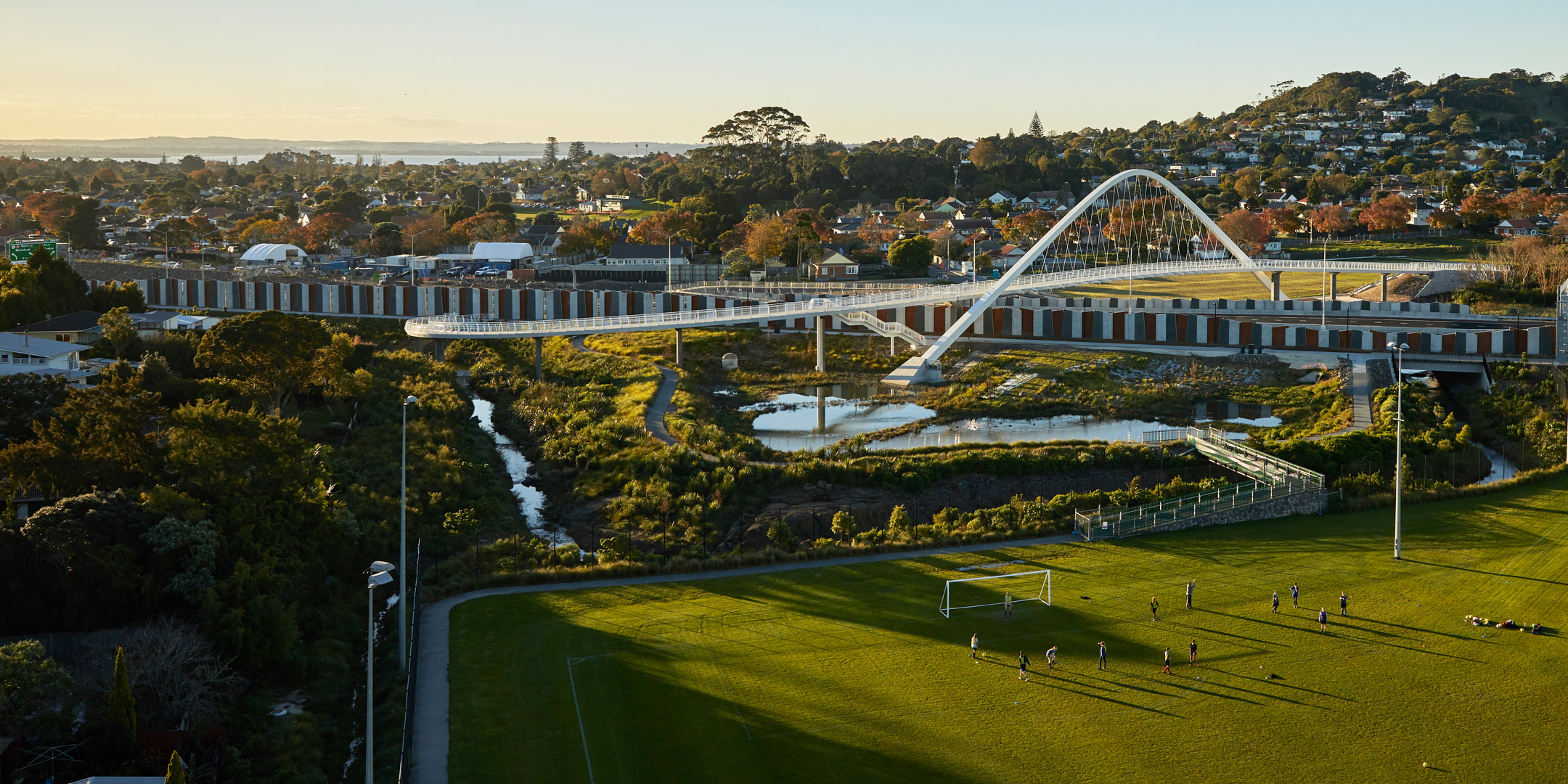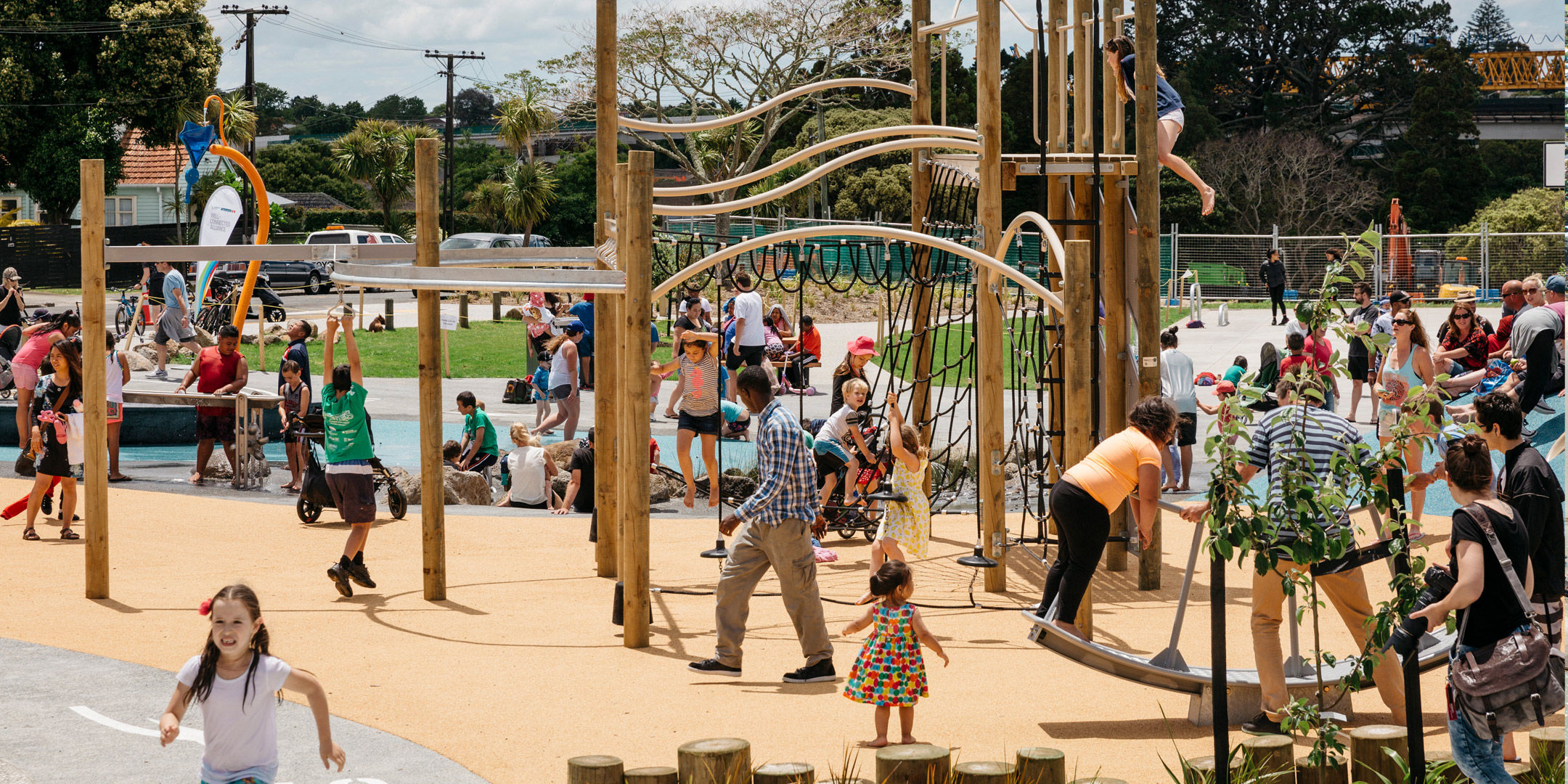The far-reaching benefits of ‘co-design’
6 July 2021
Collaborative ‘co-design’ helps clients, communities and other stakeholders to actively engage and forge constructive relationships – relationships that endure in the ongoing sense of empowerment, belonging and pride in the places created.

Designers and planners often unconsciously engage with their clients and stakeholders by ‘thinking for them’ about what would achieve better project support and outcomes. It is an approach that is distancing for those most affected. In contrast, deliberate engagement, through interactive participation, results in sometimes unexpected outcomes and far-reaching benefits.
‘Co-design’ is a well-established approach that aims to actively involve all stakeholders in the design process so that the end result will recognise their needs, be usable and inspire a sense of collective ownership. This approach enables a wide range of people to influence and contribute to the design outcome and often sparks creativity in unforeseen ways.
We’ve found that we gain a deeper understanding of clients’, communities’ and stakeholders’ values and needs through co-design, nurturing enduring relationships in the process. People with more detailed local knowledge and a real connection to a place have valuable insights that can add depth, meaning and local character to design. One such example is our work with Kristin School. Since 2000, Boffa Miskell has been involved with ten landscape design projects at the school, all of which have involved a collaborative effort working with students, teachers and parents. When designing the middle school courtyard, students generated their own ideas which were incorporated to create a responsive, functional well-used area where students gather and their art is showcased. The students see the results of their input and retain a sense of ownership over the refurbished space.
Genuine co-design can help transform communities as well as places, as exemplified during the recent Waterview Connection development where the initially consultation-weary and generally hostile community became supportive and engaged. Co-design was a feature within the project’s comprehensive stakeholder engagement programme. Boffa Miskell designers led a regular series of design workshops in which they worked with various community groups to explore options for the parks and open spaces. The outcomes of that process are now reflected in the finished design. The extensive community consultation gave stakeholders a genuine voice in the design decisions, helping us to deliver community-driven outcomes across all of the project’s public spaces, which reflected the local knowledge, needs and aspirations that stakeholders brought to the design table.
“It ultimately required an outstanding effort, across many disciplines, to achieve what we believe has been a comprehensive ‘coverage’ of all forms of engagement with the local community. The Well-Connected Alliance’s design team is comfortable in saying they have consulted on just about every single element of the project which affects the local community,” says Pete Whiting, Boffa Miskell’s Urban and Landscape Design Discipline Lead for the project.
The Waterview community’s feedback on the consultation process was extremely positive as a result of this design approach. Rachel de Lambert, Boffa Miskell Partner, believes “The project is better for having taken the time to directly involve the local people. The result on the ground – the popularity of the open space and its active as well as passive recreation components is great to see. It feels as if the community has really been able to participate in securing some benefits from the wider infrastructure project and to see some gains for the local community.”



